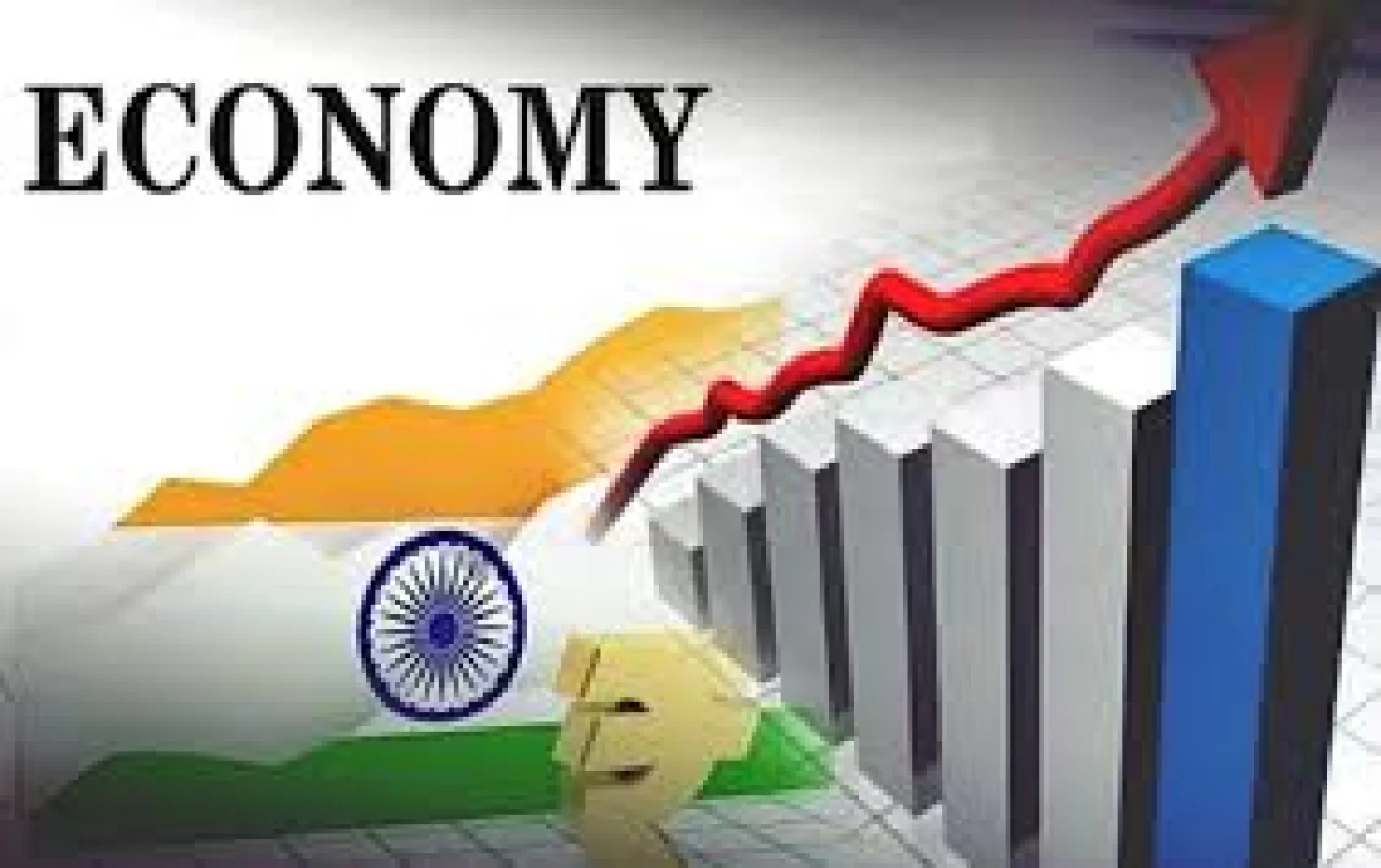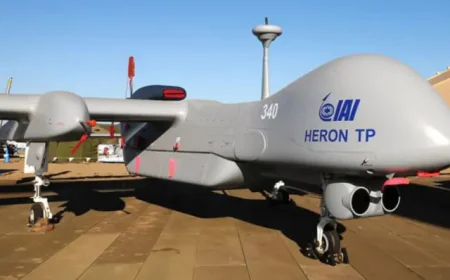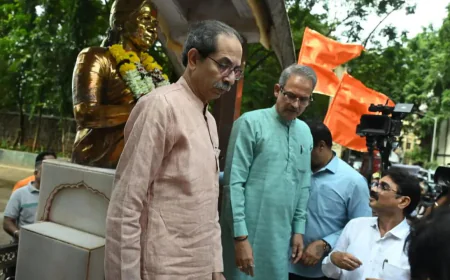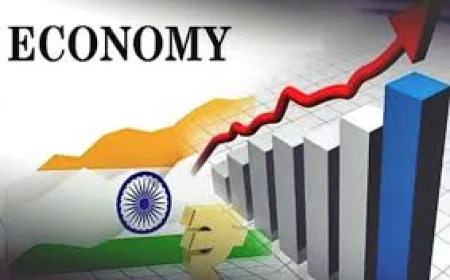India’s Growth to Stay Strong Despite Global Turmoil and US Tariffs
Indian Economy: Crisil's chief economist stated that India's growth journey faces some challenges that need to be addressed. He added that the slowdown in advanced economies also impacts India. As for the impact of tariffs, the primary reason is the United States, which is its largest trading partner.

Despite global turmoil and high US tariffs, India is expected to continue progressing strongly on its path of growth. Economists and analysts say that while India's growth journey faces global challenges, strong domestic factors and a cautiously evolving trade policy will help mitigate this impact.
Crisil Chief Economist Dharmakirti Joshi said, "I believe uncertainty today is greater than during the global financial crisis or the COVID period. However, due to increasing trade and capital flows, India is rapidly catching up with advanced economies in terms of growth. Domestic factors are providing resilience." Additionally, a normal monsoon, softening crude oil prices, adequate foreign exchange reserves, and India's strong services exports are key positives.
Joshi said India's strong services sector continues to act as a buffer. Services, which account for nearly half of the country's total exports, are less affected by tariff shocks. Therefore, India has a natural cushion. Furthermore, monetary policy easing by the RBI and the government's advance capital expenditure will further strengthen the Indian economy. Despite the challenges, we are expected to achieve a growth rate of 6.5 percent in the current fiscal year.
Deepa Kumar, Head of Risk (Asia-Pacific) at S&P Global Market Intelligence, said, "India is less dependent on exports for its growth than other Asian countries. Therefore, it is more resilient to changes in the global economy and trade policies." Deepa said, "India wants to integrate more deeply with the global economy in both manufacturing and services sectors by ensuring access to new markets." This requires considering a framework where India can begin to access new markets through free trade agreements.
CRISIL's Chief Economist stated that India's growth journey faces some challenges that need to be addressed. He added that the slowdown in advanced economies also impacts India. As for the impact of tariffs, the primary reason is the United States, which is its largest trading partner. In addition to the direct pressure on goods exports, there are also indirect challenges, such as declining demand in other countries and dumping of cheap products from China, which need to be addressed.
Deepa stated that approximately 40% of India's exports are focused on the United States and the European Union. If India wants to strengthen its trade position, it needs to focus on the emerging economies of the Gulf, ASEAN, Latin America, and Africa. To enhance competitiveness, India's youth and abundant workforce must be trained and skilled to meet emerging opportunities.















































































